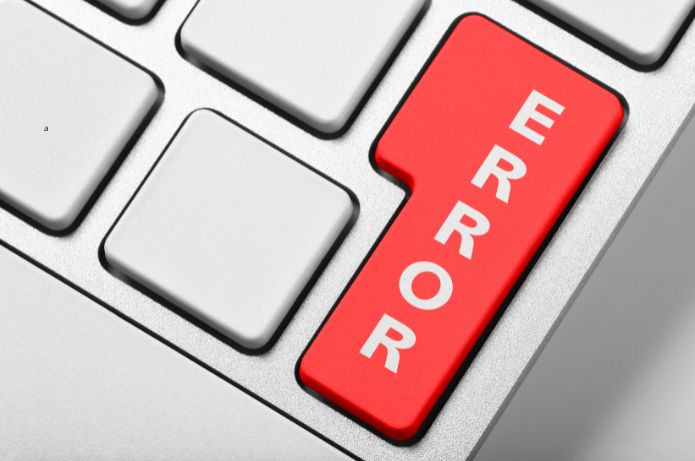Women speak and the world responds. But not always with respect. What should be just a tone of voice becomes a minefield, where any inflection can be interpreted as aggression, submission, or artificiality. In the digital age, where everything is recorded, shared, and judged, how a woman communicates can be the difference between being heard or being silenced by the court of the internet.
“An assertive woman can be labeled bossy. If she uses a softer tone, she can be seen as fragile. The problem is not how we speak, but how we are perceived. This creates an unfair and exhausting balancing act,” laments Micarla Lins, a specialist in public speaking and female communication.
The phenomenon of cancellation amplifies this dilemma. Personalities like Meghan Markle, Anitta, and even heads of state face daily judgments about how they express themselves. “A phrase out of tune can generate a tsunami of criticisms, regardless of the actual message. Society, trained to interpret female voices within outdated molds, reinforces stereotypes that hinder the rise of women in leadership and influence positions,” warns Lins.
But how can communication be prevented from becoming a trap? Micarla gives some directions:
- Tone awareness: adjusting the voice doesn’t mean changing who you are, but understanding how your intonation impacts the message’s perception.
- Strategic pauses: speaking unhurriedly, with confidence, reduces the chances of interruption and increases the clarity of the speech.
- Aligned body language: what is said should be in harmony with gestures and posture to avoid contradictions in communication.
- Resist self-censorship: many women adapt to standards to avoid judgments. Finding a balance between authenticity and strategy is essential.
“The internet can amplify prejudices but can also be a space for change. Women who master their own communication turn their voices into tools of power, not oppression. The challenge is not just speaking but ensuring the message is heard without distortions,” Micarla concludes.







